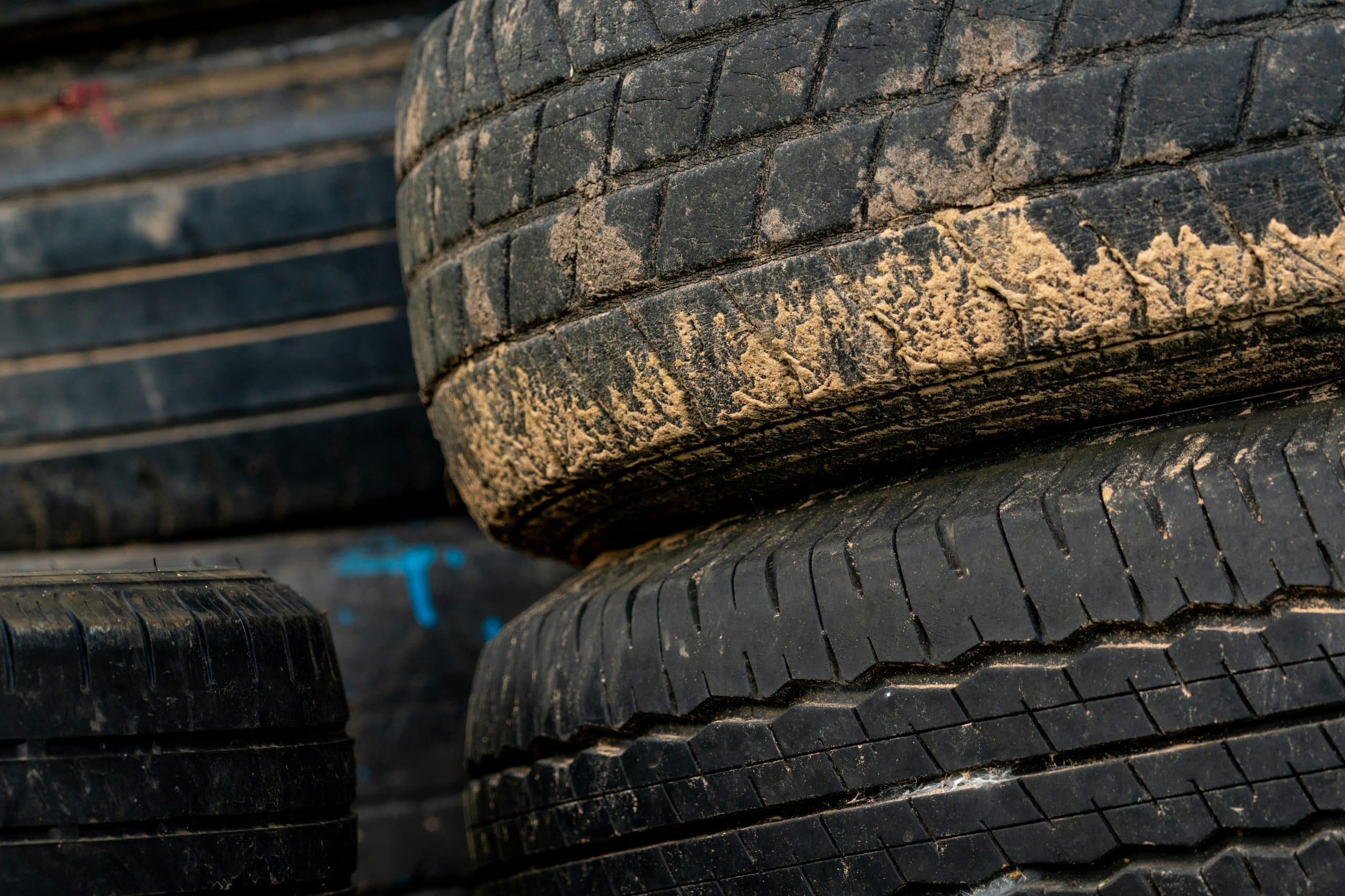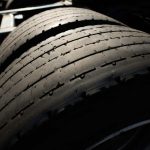The importance of tire pressure in an all-terrain vehicle (ATV) cannot be overstated. It is a critical factor in determining how your vehicle interacts with the road, how it handles different terrains, and ultimately, your safety and comfort while driving.
Understanding tire pressures in relation to different off-road conditions can significantly enhance your driving experience, reduce wear on your tires and improve overall vehicle performance. In this article, we will delve into the optimum pressure for your tires when navigating different terrains with a British all-terrain vehicle.
Additional reading : What is the effective way to restore the headlight clarity of a UK family vehicle?
Understanding Tire Pressure
Before we explore the ideal pressure for different terrains, it’s essential to understand what tire pressure is and how it affects your vehicle. Tire pressure is measured in pounds per square inch (psi) and represents the amount of air in your vehicle’s tires.
The proper tire pressure will depend on several factors, including the type of tire, the load it carries, and the type of terrain you are driving on. Too much pressure can cause your tires to bulge and wear quickly in the middle, while too little pressure can lead to excessive wear on the edges and potential tire failure.
This might interest you : How should differential oil be changed in UK off-road SUVs for maximum traction?
The Role of Terrain in Determining Tire Pressure
Different terrains demand different tire pressures. The secret to getting this right lies in understanding how the terrain affects the tires, how the tire responds, and adjusting the pressure accordingly.
Road Driving
For road driving, your ATV should have a tire pressure within the manufacturer’s recommended range. This is typically around 35 psi for the front tires and 35-40 psi for the rear tires, but you should always check the owner’s manual or the tire sidewall for specific recommendations.
Maintaining the recommended pressure ensures optimal traction, fuel efficiency, and tire lifespan when driving on the road. Don’t forget to check your tire pressure regularly, especially if you’re heading on a long journey or carrying a heavy load.
Soft Terrain
If you’re driving on soft terrains such as sand, mud, or loosely packed dirt, you might need to reduce your tire pressure. Lowering the pressure increases the tire’s surface area in contact with the ground, improving traction and preventing the vehicle from sinking into the soft ground.
A reduction to around 15-20 psi should suffice. However, remember that low pressures increase the risk of tire damage from sharp objects or hitting the rim on hard surfaces, so be sure to increase the pressure again once you return to the road.
Rocky Terrain
When driving on rocky or uneven terrain, maintaining a higher tire pressure can protect the tires and rims from damage. A slightly higher pressure, perhaps 2-5 psi above the manufacturer’s recommended pressure, could be beneficial. The increased pressure helps limit the tire’s flex, reducing the risk of punctures or rim damage.
Factors Impacting Tire Pressure
While terrain is a crucial factor in determining tire pressure, it’s not the only one. Other factors, such as load and speed, also play a role.
Load
The load your vehicle carries will impact the required tire pressure. If you’re carrying a heavy load or towing something, you’ll need to increase your tire pressure to compensate for the additional weight. This ensures your tires maintain their shape and don’t flex too much, risking damage.
Speed
The speed at which you’re driving also affects your tire pressure. As you drive faster, your tires heat up, causing the air inside to expand and the pressure to increase. If you’re planning on driving at high speeds, adjust the pressure in your tires accordingly, but always stay within the safety limits set by the tire manufacturer.
Tire Pressure Monitoring and Adjustment
Keeping track of your tire pressure and knowing how to adjust it is a vital part of vehicle maintenance. Regular checks using a tire pressure gauge and making necessary adjustments can keep your ATV performing well, extend the life of your tires, and, most importantly, keep you safe on the road.
Remember, changing terrains, loads, or speeds means you may need to adjust your tire pressures. Always start with the manufacturer’s recommended pressure and adjust as needed, based on your specific circumstances.
Protecting your tires is not just about maintaining the correct pressure. Regular inspections for wear and damage, rotating your tires to ensure even wear, and replacing them when necessary are also part of ensuring you get the most out of your tires and stay safe on the road.
Tire Pressure Variations for Different British All-Terrain Vehicle Models
When selecting the appropriate tire pressure for your ATV, it’s important to note that different models may require different pressures. British all-terrain vehicles such as those manufactured by Land Rover, Bentley, and Aston Martin may come with specific tire pressure recommendations based on the vehicle’s design and intended use.
With their history of rugged design, British ATVs often feature durable, high-performance tires. To maintain these tires, regular pressure checks are necessary. The recommended tire pressure is typically listed in the vehicle’s owner manual, usually indicated in psi lbs. The manufacturer’s guidelines should always be adhered to, as incorrect pressures can lead to decreased performance and potential damage.
Deciphering the information on the tire sidewalls is another crucial aspect. These markings provide details like the speed rating and inflation pressure, among other specifications. If a Land Rover Discovery recommends a tire pressure of 35 psi for the front rear tires on a highway, it might differ for an Aston Martin DBX or a Bentley Bentayga, so always refer to your specific vehicle’s manual or the tire markings.
Maintain a regular pressure check routine, especially if you often switch between different terrains. Picture albums of each terrain tires should look after driving can help you understand if you’ve been using the correct pressure. Join online forums or communities such as ‘member join’ where you can reply to a quote originally posted by a senior member or a junior member about their experiences with different models and terrains.
Conclusion: Achieving Optimal Tire Pressure for Off-road Conditions
In conclusion, understanding and maintaining the appropriate tire pressure for your British all-terrain vehicle is crucial for optimum performance and longevity of your tires. From driving on paved roads to navigating through soft or rocky terrains, the tire pressure needs constant monitoring and occasional adjustment.
Remember to consider the type of terrain, load, and speed when determining the correct tire pressure. Always start with the manufacturer’s recommended pressure and adjust accordingly. Regular inspection of your tires, coupled with prompt repairs and replacements, will ensure your ATV is ready for any adventure.
Joining online automotive communities can yield valuable insights and practical advice. Engage with posts and reply to a quote originally posted by other members to broaden your knowledge. Also, consider sharing your experiences and picture albums to contribute to such communities.
By ensuring correct tire pressures, we not only improve our driving experience but also contribute to road safety. Whether you’re a junior member just starting your off-road journey or a senior member with years of experience, keeping an eye on the tire pressure will always be an essential part of your off-road ventures.











